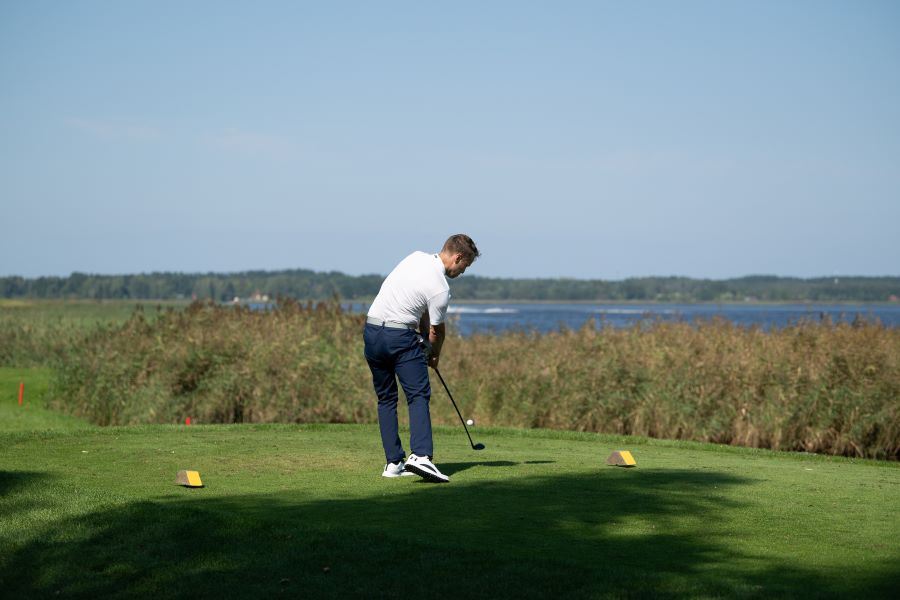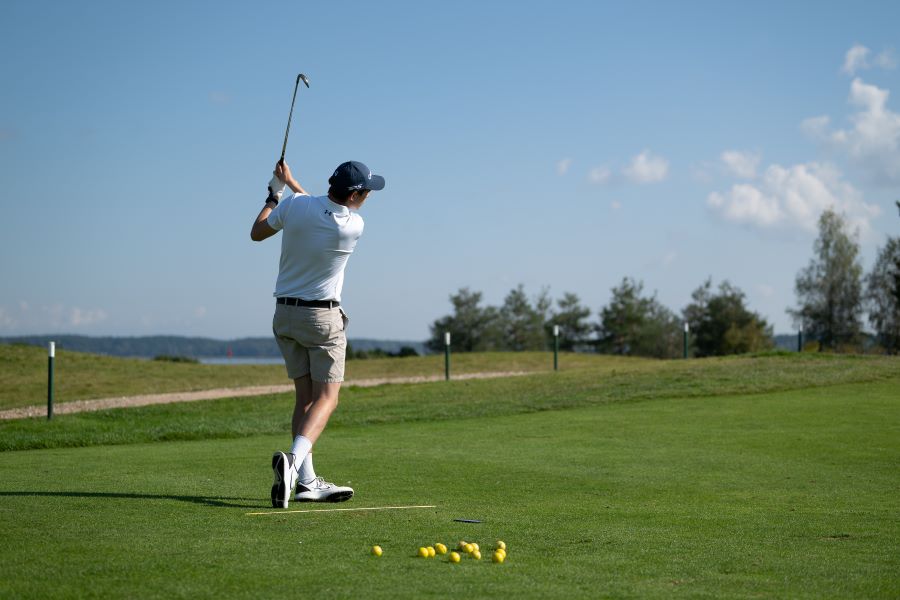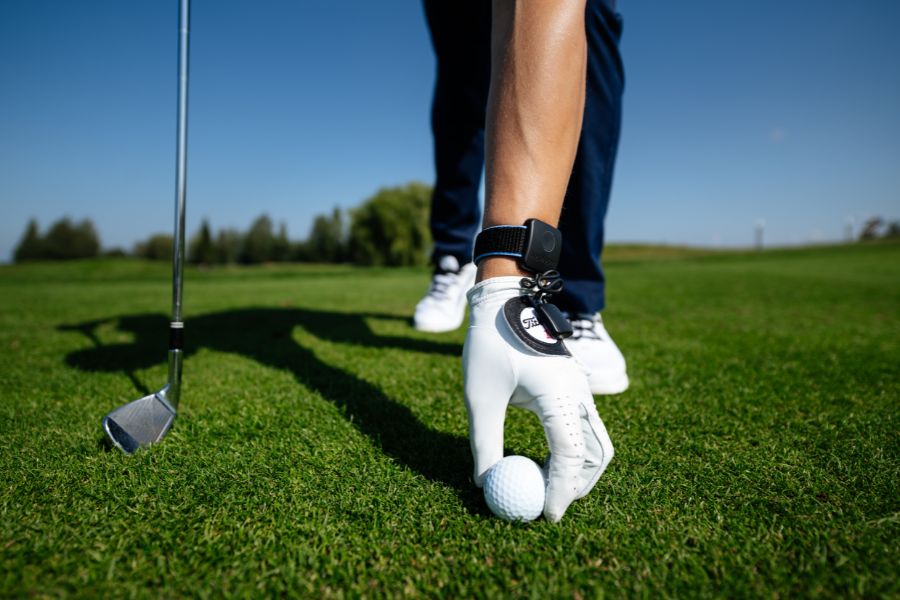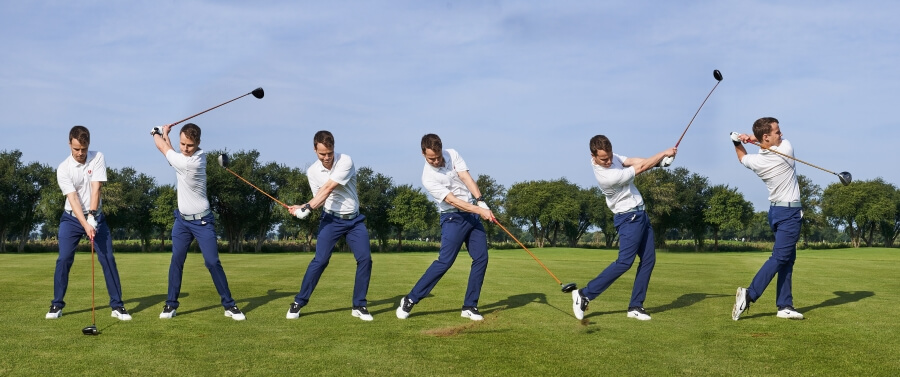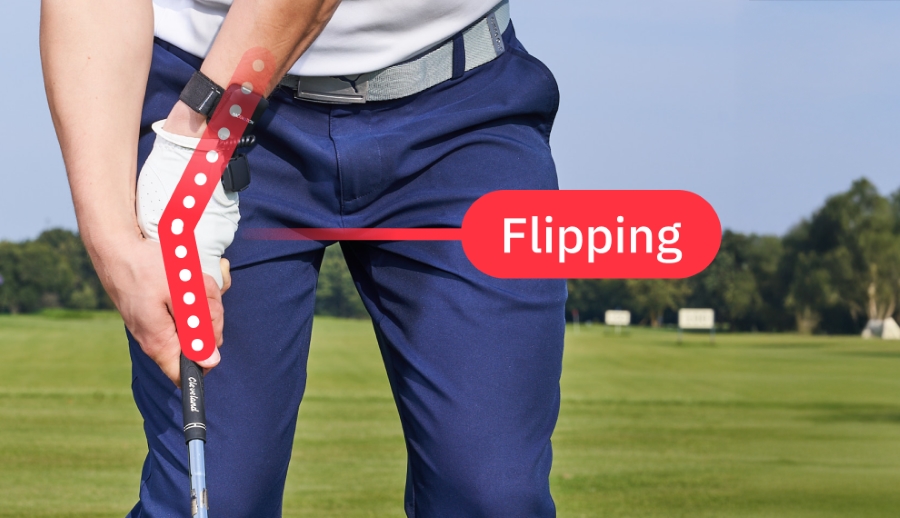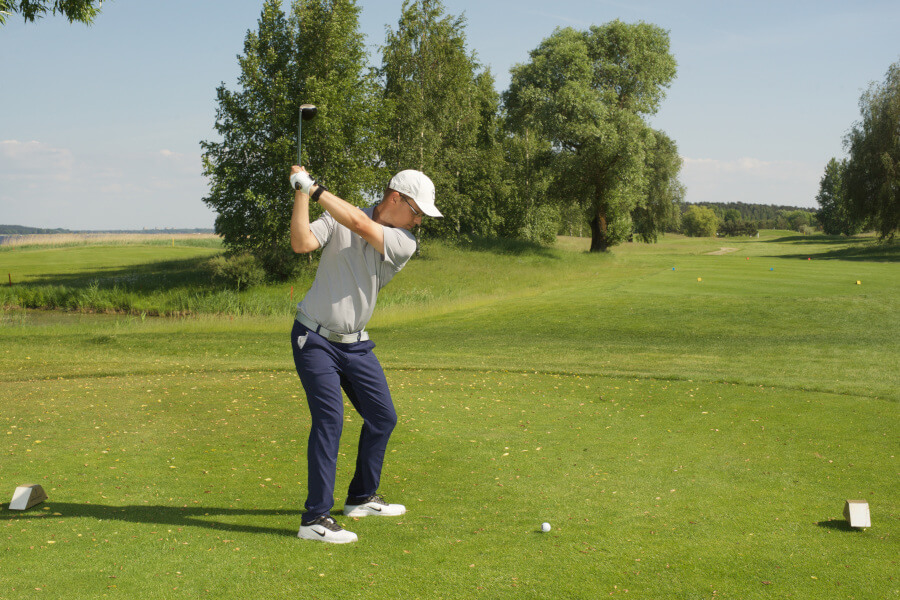6 Simple Steps to Straighten Out an Unwanted Draw in Golf
Why would you want to fix a draw? Isn’t this the shot that every golfer is looking for? Not quite.
As great as a draw can be, for some golfers, it’s a natural shot that they can’t control. Not being able to fix the draw or at least control it is a problem.
The draw happens when the clubface is a little closed at impact, causing the shot to turn left of the target. The worst part of the draw is that it’s difficult to stop; there is usually very little spin on a draw shot.
If you want to fix a draw in golf, here are the things you’ll need to know how to do.
Fix Your Draw in Golf (Key Takeaways)
If you don’t have time to head to the driving range right now to work on these fixes, here are just a few things to keep in mind when working on fixing your draw:
- Check your clubface angle; it has to be more neutral to get a straighter ball flight.
- If the swing path is inside-out, you’ll hit a draw. Put some alignment sticks on the ground to ensure you are swinging a bit more straight.
- Always remember that your wrist action controls your clubface; wear the HackMotion to check in on that wrist action and make sure you are not too flexed at any point in the swing.
Contents
6 Ways to Straighten Out an Unwanted Draw in Golf
1. Get Your Clubface More Neutral at Impact
If you can’t stop hitting a draw, your clubface is too closed in relation to the club path at impact. When the clubface is closed, you’ll see more right-to-left spin, resulting in a draw.
To get your clubface back to neutral, first check your grip. If the grip is too strong, it may be too easy to close the clubface as you get through the ball.
Additionally, check the angle of your lead wrist using the HackMotion.
If you have too much flexion at the top of your backswing or as you make your way through impact, it could cause you to hit an unwanted draw.
2. Make the Swing Path Straighter
An inside-out swing path can also be a factor in hitting a draw. This path occurs when the club approaches the ball from inside the target line.
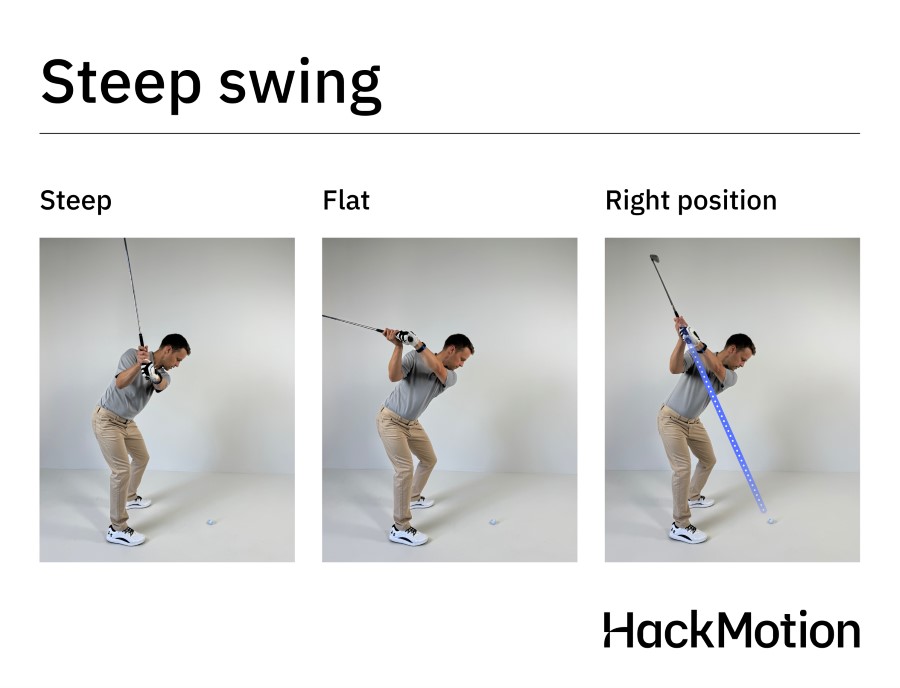
While many golfers struggle to achieve an inside-out path, it can cause issues if exaggerated. If you find this to be your problem, simply put some alignment sticks down on the ground.
Try to focus on a more neutral path, parallel to the target line. The visual aid helps, and you can also place three golf balls down when you work on the swing path.
Place one ball just outside the golf ball you intend to hit and one just inside it. Focus on hitting only the golf ball in the middle.
This should straighten out your swing path and help you hit more accurate shots.
3. Eliminate Excessive Rotation of the Hands and Forearms
In addition to the lead wrist position through impact you also have to consider excessive rotation of the hands and forearms and if that could be causing your draw.
The good news here is that you have the concept down; your hands and forearms should rotate through impact to close the clubface.
However, focusing on maintaining quieter hand action during impact can help square the clubface.
Some golfers feel like they are holding the face off from closing. Others may feel a little more like they finish to the left instead of out to the right.
Letting your body rotation take over and control the closing of the clubface is typically more predictable and consistent.
Wear your HackMotion to measure rotation through impact.
4. Make Sure the Stance is Not Closed
A closed stance is one in which the feet, hips, and shoulders are aligned to the right of the target.
This particular stance encourages you to feel more of the inside-out swing path, which for some golfers can be a good thing.
However, if you are trying to eliminate your draw, try adjusting your stance to be more square or slightly open to the target line.
This type of alignment is simple to make, but it can be the only reason you are hitting an unwanted draw.
5. Tone Down Excessive Hip Rotation
Leading with the hips from the top of the backswing is a good thing. However, if you are excessively rotating your hips on the downswing it could cause the club to drop too far inside the swing path.
This promotes again that same inside out path, and a closed clubface.
Work on feeling a rotation of the hips to the lead side that feels as though it matches the tempo of the rest of your swing.
If you fling your lead hip open as your first move down, you’ll be left with this very inside path and the potential to hit a draw.
As a player who has struggled with this issue, you may find that feeling a slight pause at the top of your backswing can correct the issue for you.
6. Check the Top of the Backswing
Impact is the part of the golf swing that matters the most. However, if you can get to a great position at the top of your backswing, the chance of striking the ball cleanly at impact is considerably higher.
If you are hitting an excessive draw, look at the top of the backswing and ensure your lead wrist is not too flexed.
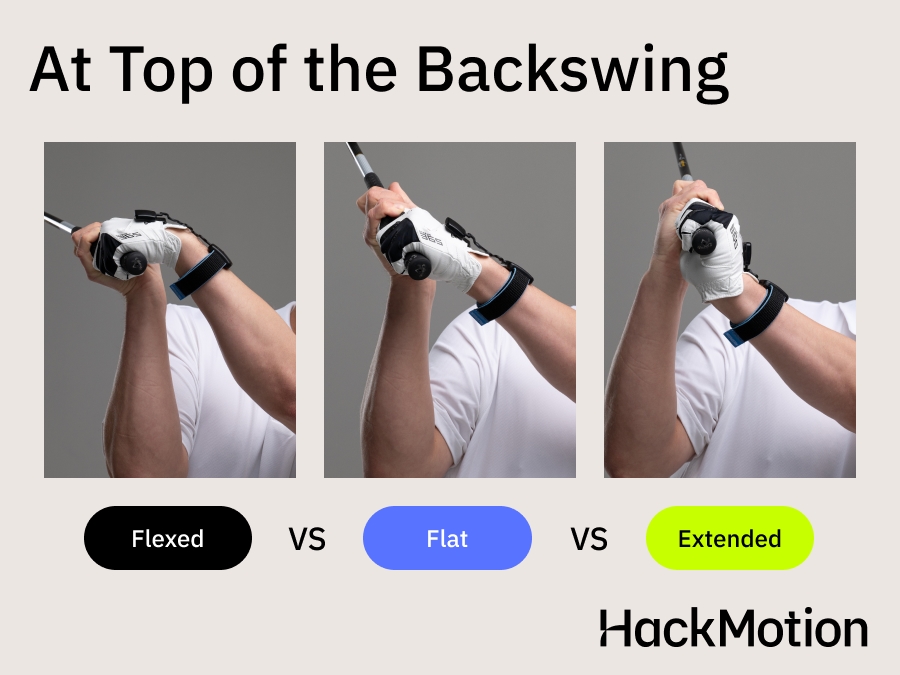
You will often notice that the lead wrist has turned so that the label on your glove is pointing away from you. This is flexion, or bowing, of the wrist.
Try to get to a flat wrist position at the top and then use that to swing through the golf ball.
Wearing your HackMotion can help you find this flat lead wrist position and learn what it takes to get the club in this position each time.
Final Thoughts
The draw is a great shot to have. However, if you draw the ball too much, you may lose some control on your approach shots to the green.
Use your HackMotion to get your lead wrist dialed in and ensure you are not overdoing the flexion.
Some golfers go their entire lives not being able to hit the draw. Don’t lose this shot; simply learn how to hit the straight shot and the fade as well.






